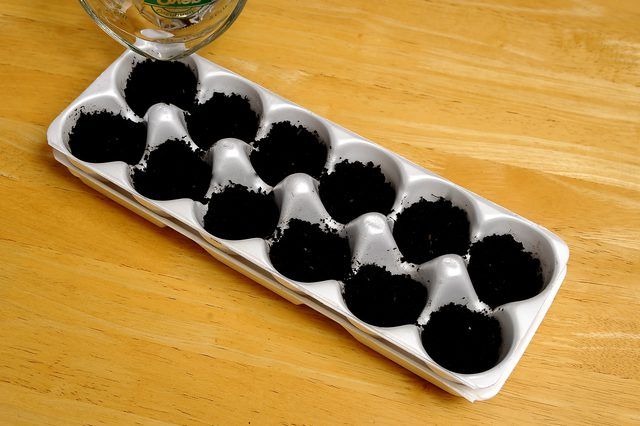Bulbs
Flower Basics
Flower Beds & Specialty Gardens
Flower Garden
Garden Furniture
Garden Gnomes
Garden Seeds
Garden Sheds
Garden Statues
Garden Tools & Supplies
Gardening Basics
Green & Organic
Groundcovers & Vines
Growing Annuals
Growing Basil
Growing Beans
Growing Berries
Growing Blueberries
Growing Cactus
Growing Corn
Growing Cotton
Growing Edibles
Growing Flowers
Growing Garlic
Growing Grapes
Growing Grass
Growing Herbs
Growing Jasmine
Growing Mint
Growing Mushrooms
Orchids
Growing Peanuts
Growing Perennials
Growing Plants
Growing Rosemary
Growing Roses
Growing Strawberries
Growing Sunflowers
Growing Thyme
Growing Tomatoes
Growing Tulips
Growing Vegetables
Herb Basics
Herb Garden
Indoor Growing
Landscaping Basics
Landscaping Patios
Landscaping Plants
Landscaping Shrubs
Landscaping Trees
Landscaping Walks & Pathways
Lawn Basics
Lawn Maintenance
Lawn Mowers
Lawn Ornaments
Lawn Planting
Lawn Tools
Outdoor Growing
Overall Landscape Planning
Pests, Weeds & Problems
Plant Basics
Rock Garden
Rose Garden
Shrubs
Soil
Specialty Gardens
Trees
Vegetable Garden
Yard Maintenance
How to Plant Seedlings in an Egg Carton
How to Plant Seedlings in an Egg Carton. The best type of egg carton for starting seedlings are waterproof foam types. Paper or cardboard egg cartons disintegrate when you water them. Starting tender plants from seed before the growing season begins provides transplant-ready plants weeks before their outdoor counterparts break through the soil....
The best type of egg carton for starting seedlings are waterproof foam types. Paper or cardboard egg cartons disintegrate when you water them. Starting tender plants from seed before the growing season begins provides transplant-ready plants weeks before their outdoor counterparts break through the soil. Repurposed egg cartons provide an effective, no-cost tray for seedlings that reduces mess and eases the transplanting process.
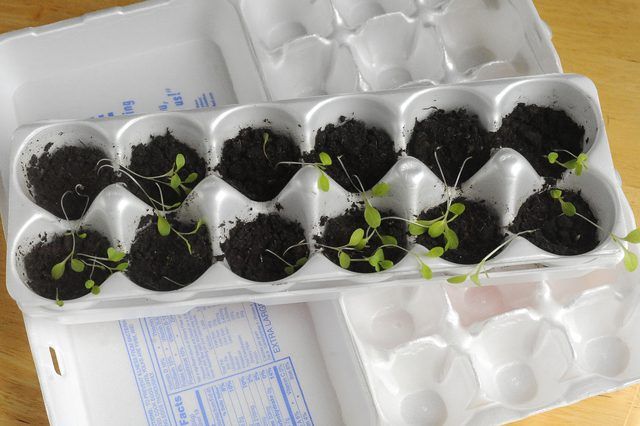
Things You'll Need
Scissors
Potting soil
Cup
Plastic wrap
Step 1
Cut the egg carton horizontally along the hinge that attaches the lid using scissors. Flip the bottom half over and poke one small hole in the bottom of each egg cup with the tip of the scissors.
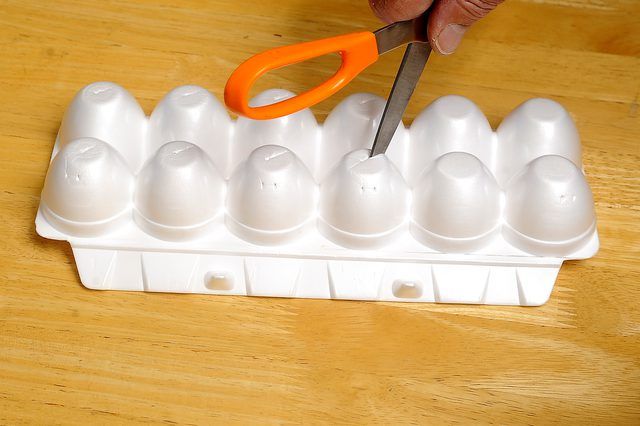
Step 2
Flip the bottom half of the egg carton right side up and nest it inside the carton's lid.

Step 3
Fill each egg cup with enough soil so seeds resting on the surface will remain below the lip of each cup. Place the seeds over the soil in each egg cup and cover them with enough soil to finish filling the egg cup. Lightly water each egg cup enough to moisten the soil uniformly from top to bottom.
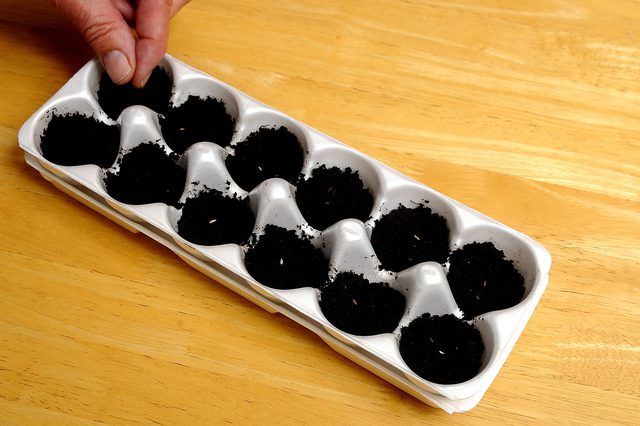
Step 4
Wrap the egg carton with plastic wrap and move the carton to an area out of direct sunlight. Keep the air around the egg carton between 60 and 65 degrees Fahrenheit at night and no more than 10 F higher during the day. Maintain cool-season vegetables and flower seeds at or below 55 F at night and no more than 65 F during the day. Cool-season plants are cold-tolerant and begin growing earlier in spring, but often wilt or go dormant at higher temperatures.
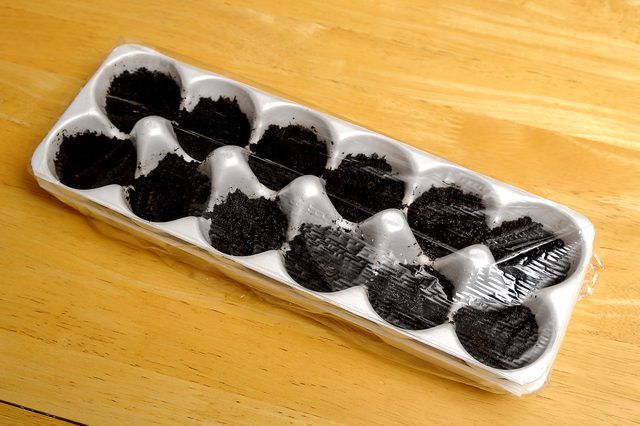
Step 5
Check the seeds daily until they have germinated. Remove the plastic covering from the egg carton and move it to a sunny window once most of the seeds have sprouted. Place a cool white fluorescent light bulb mounted 6 inches over the carton, shining for 14 to 16 hours a day, if you don't have a sunny windowsill.
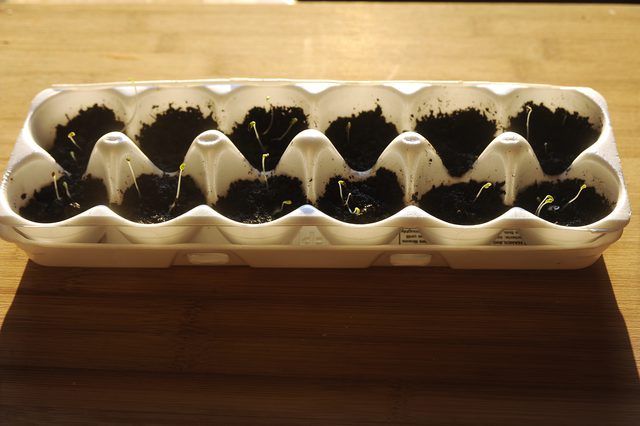
Step 6
Check the soil in the egg carton daily and water it whenever it is not damp to the touch. Add water to the catch basin until the surface of the potting mix in each cup is damp to the touch.
